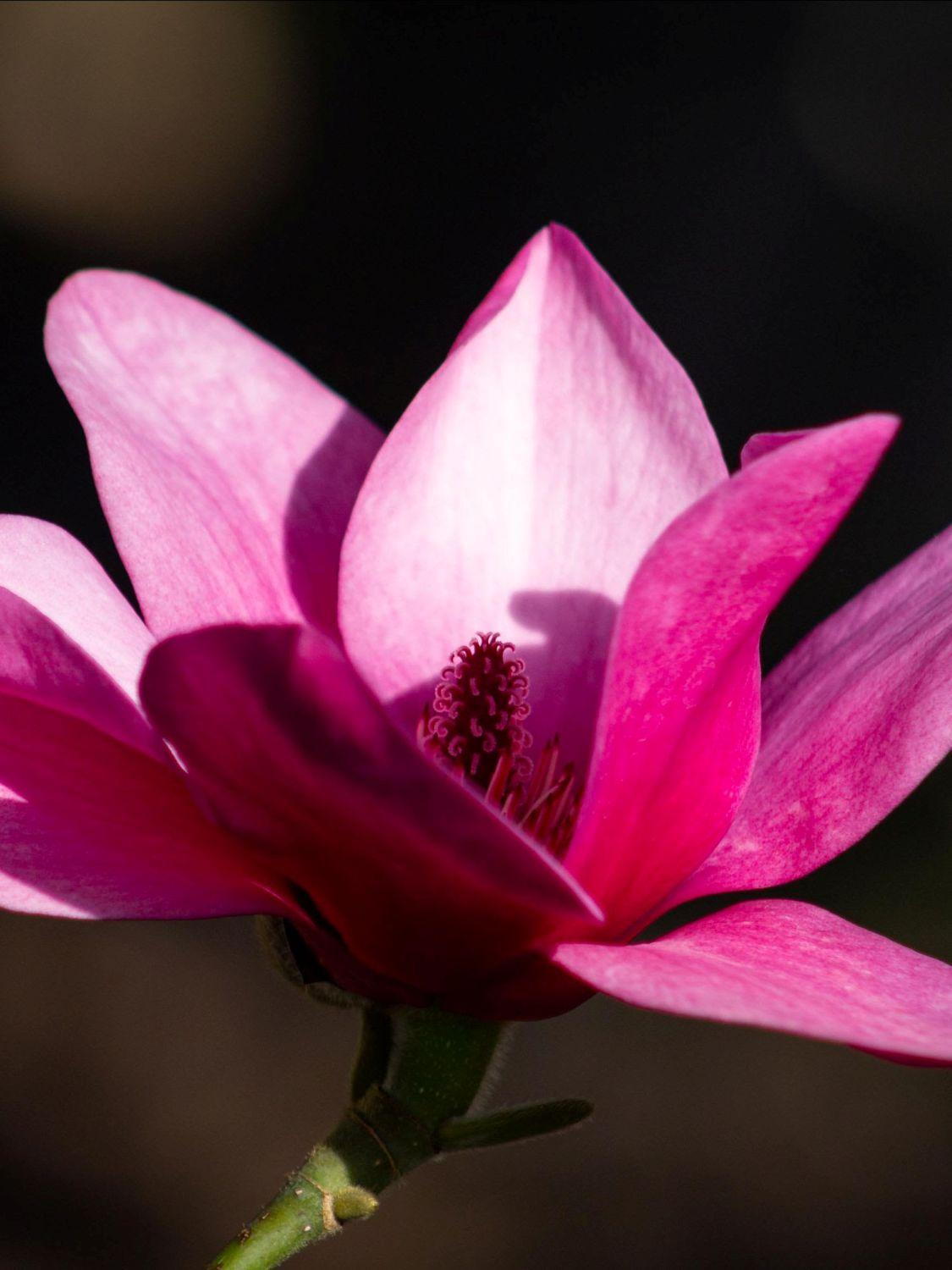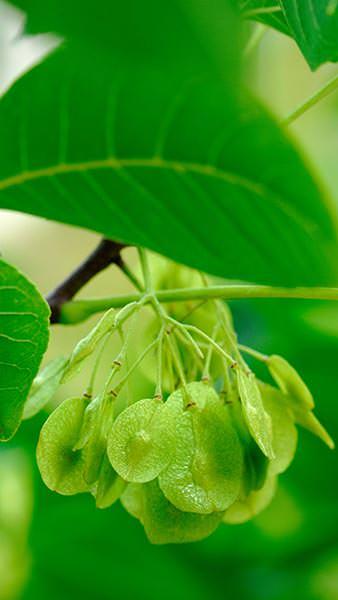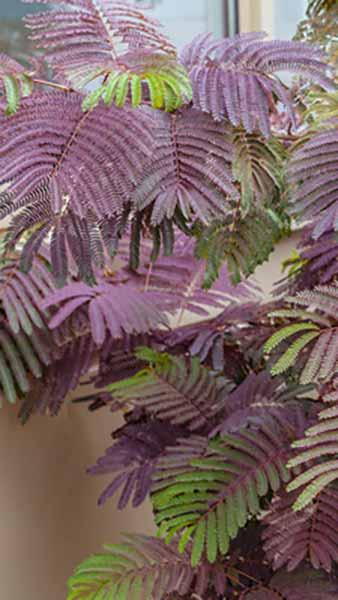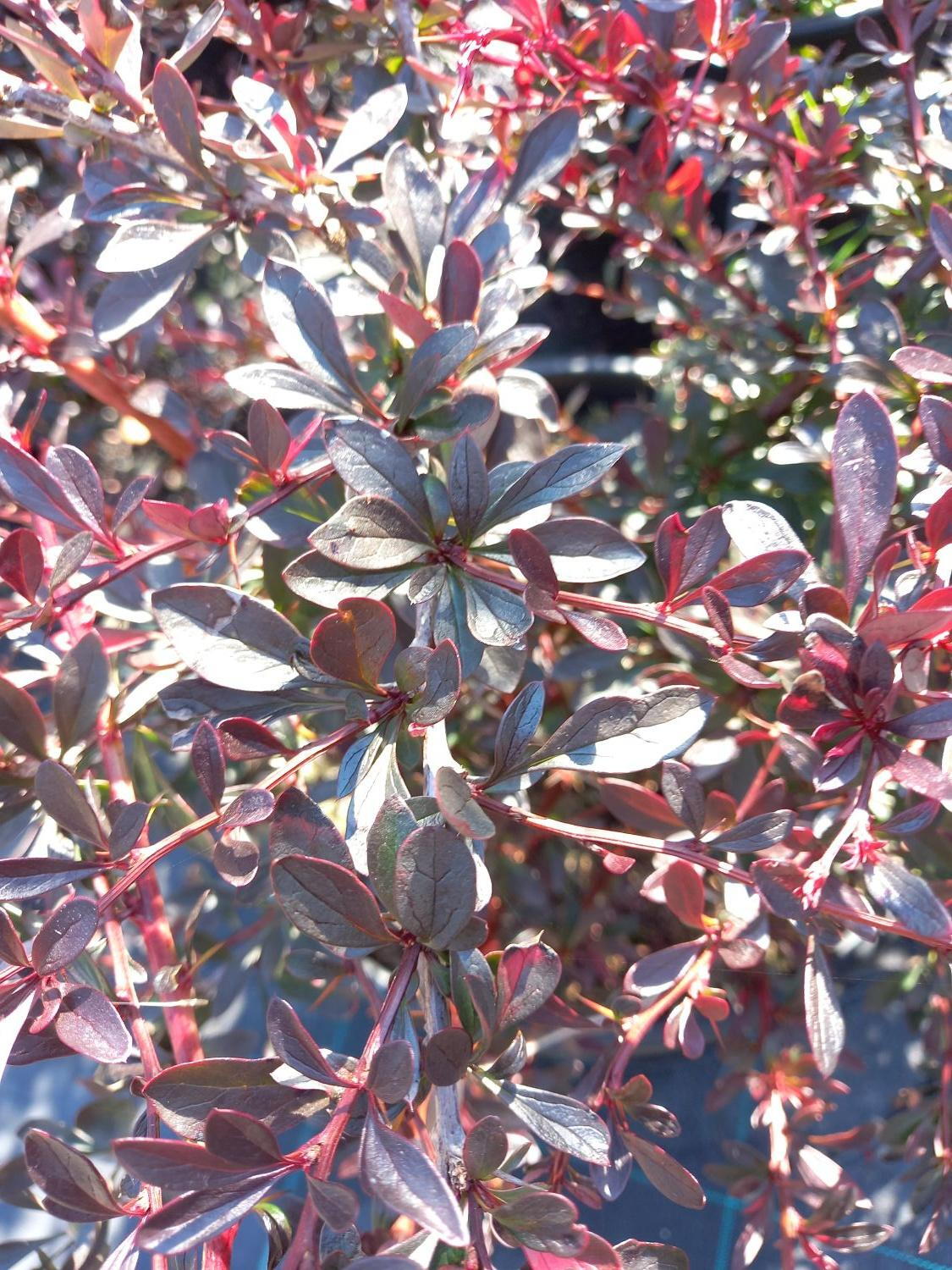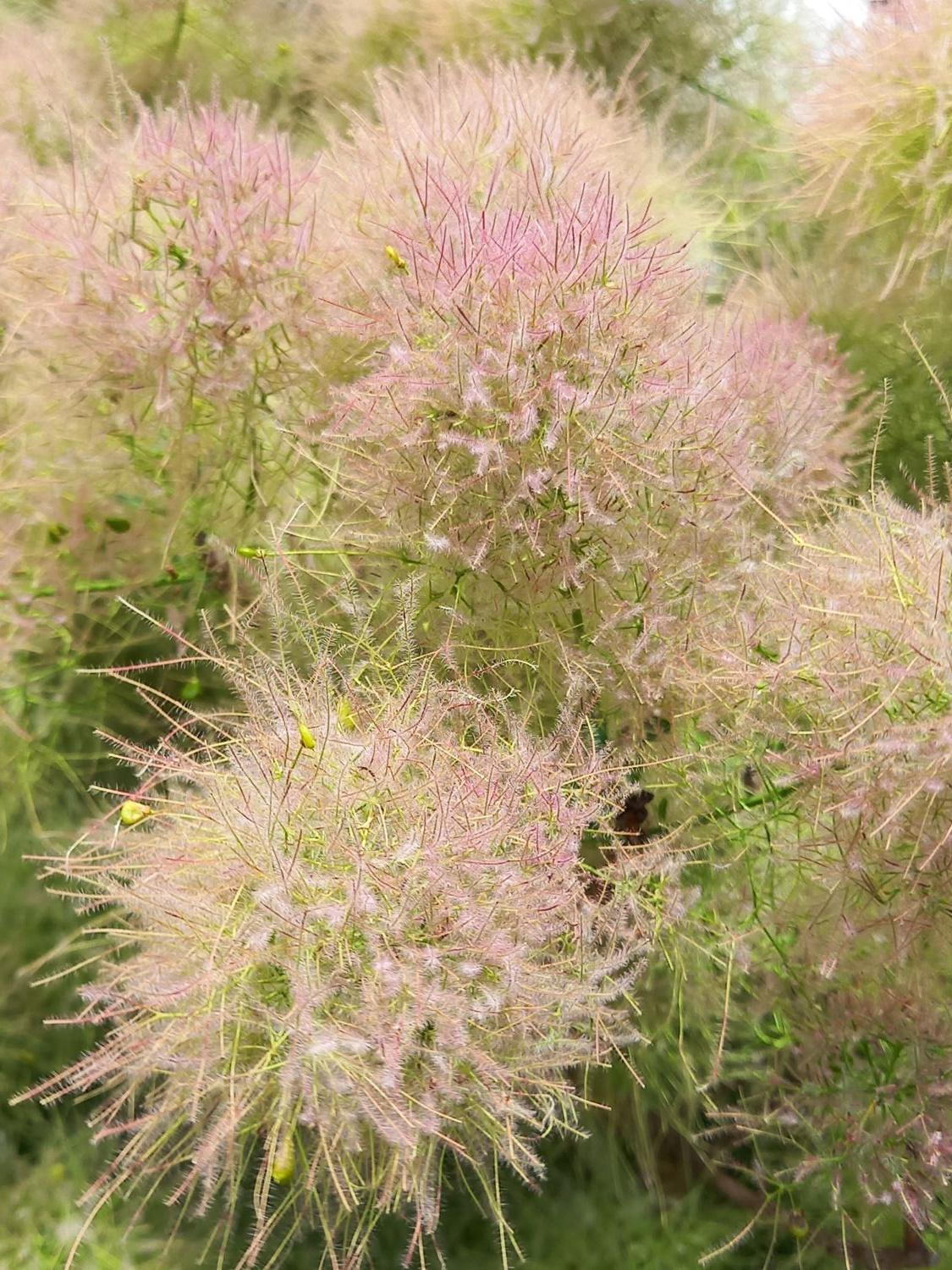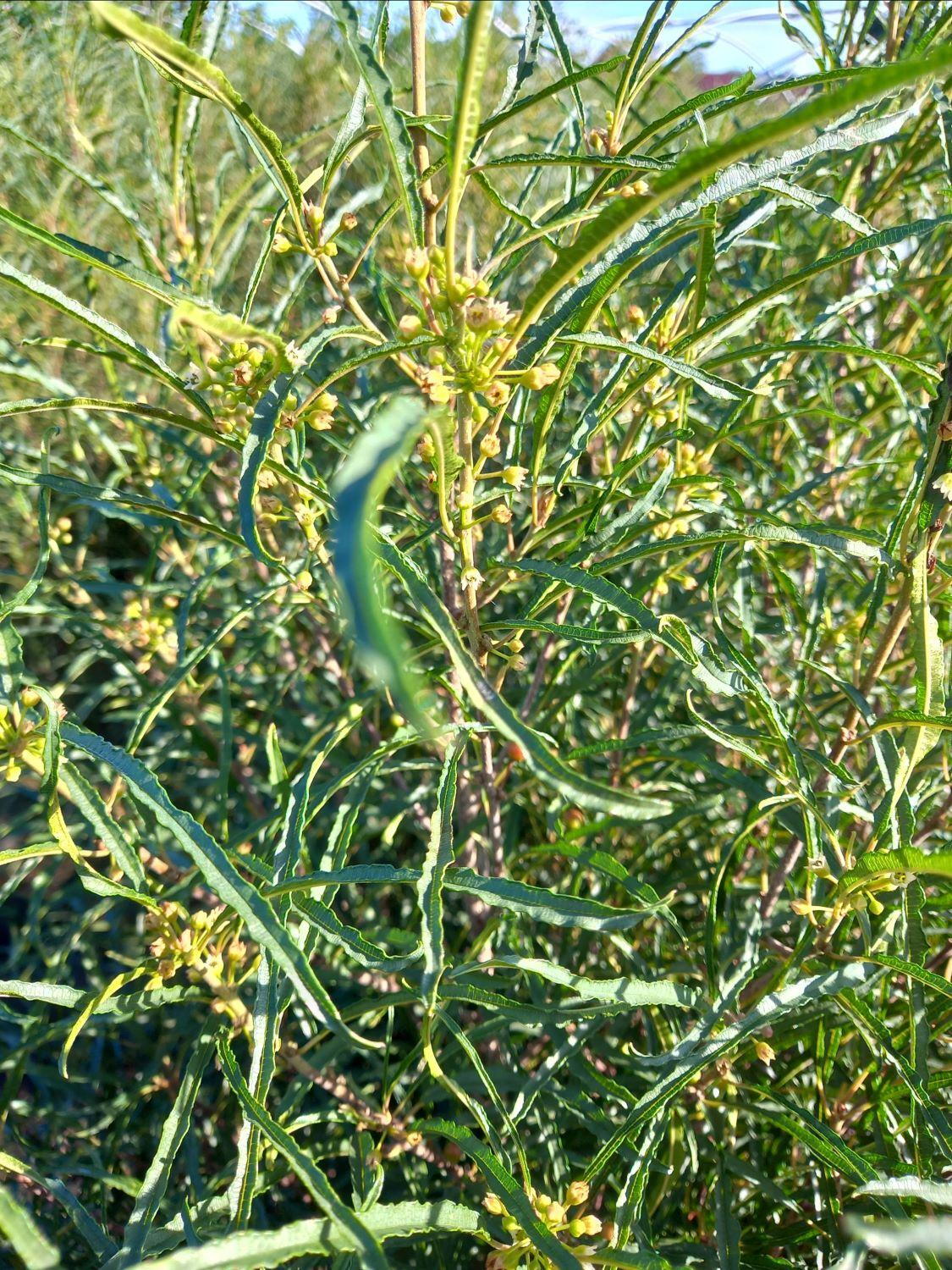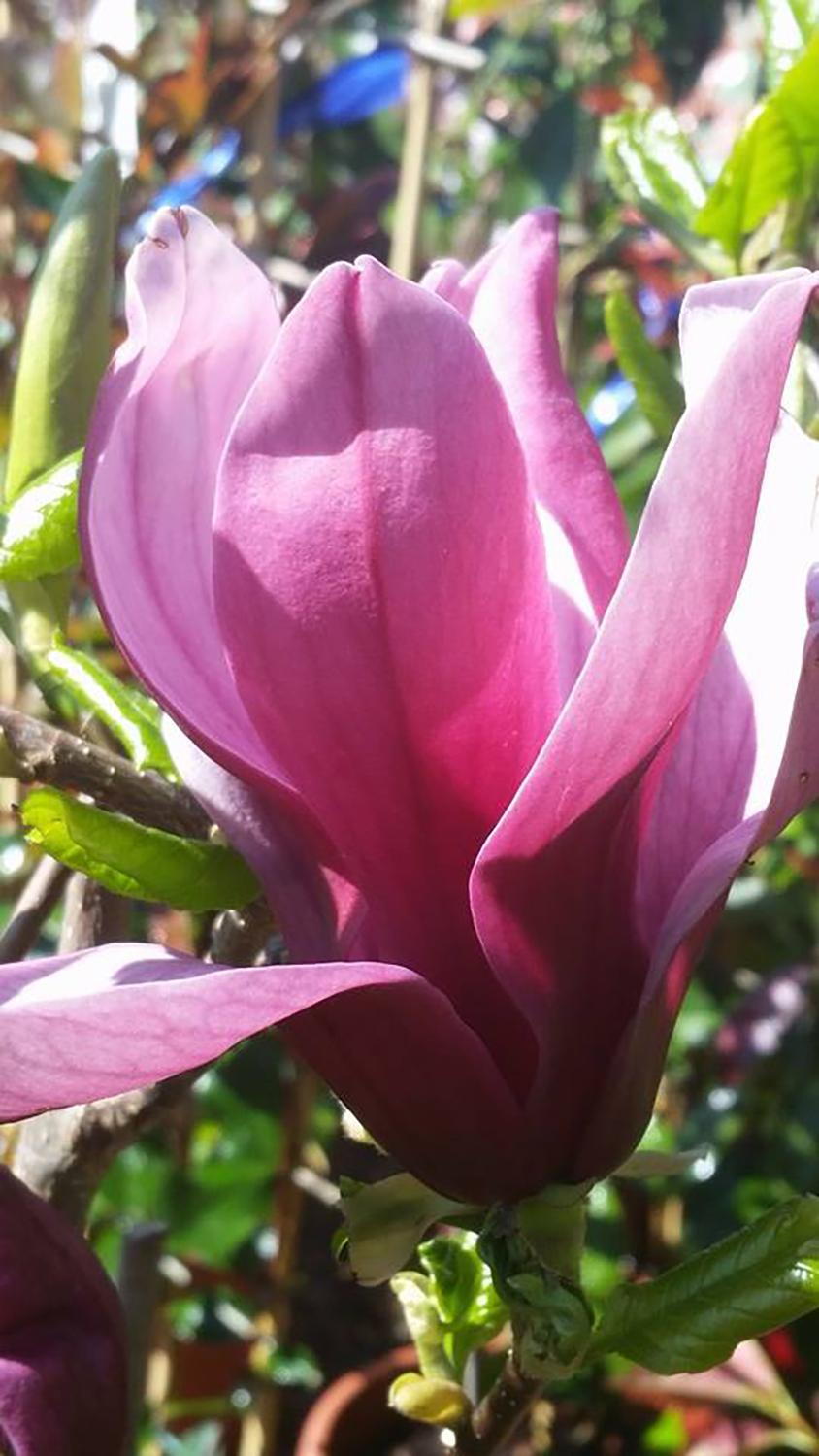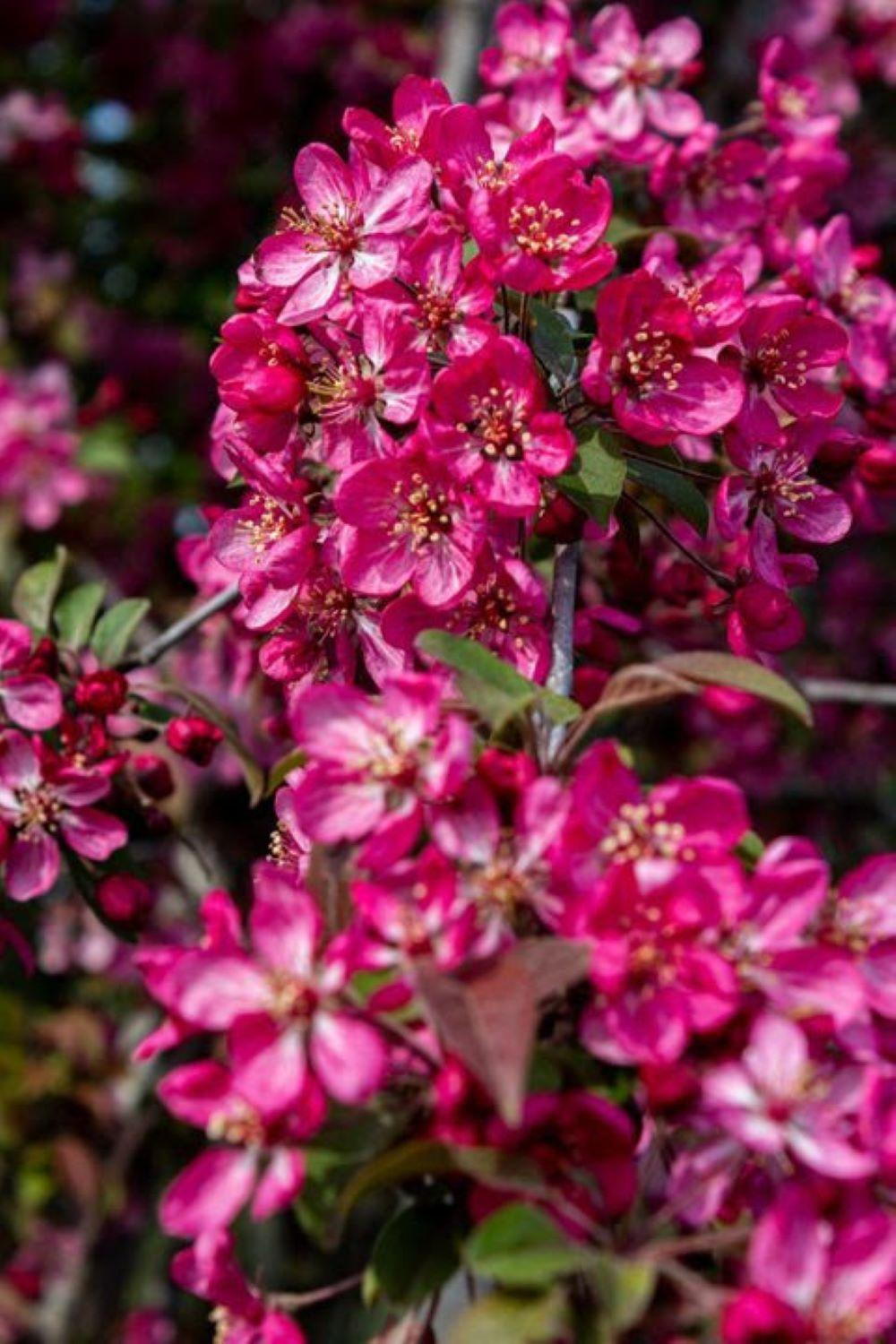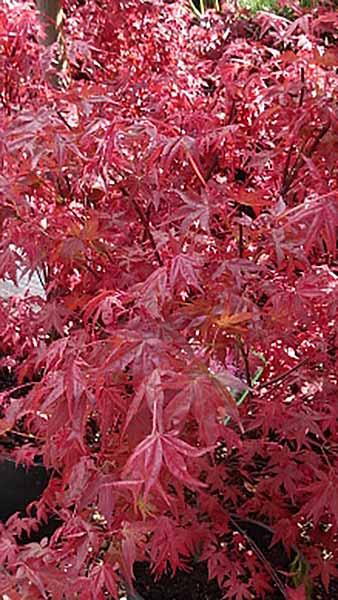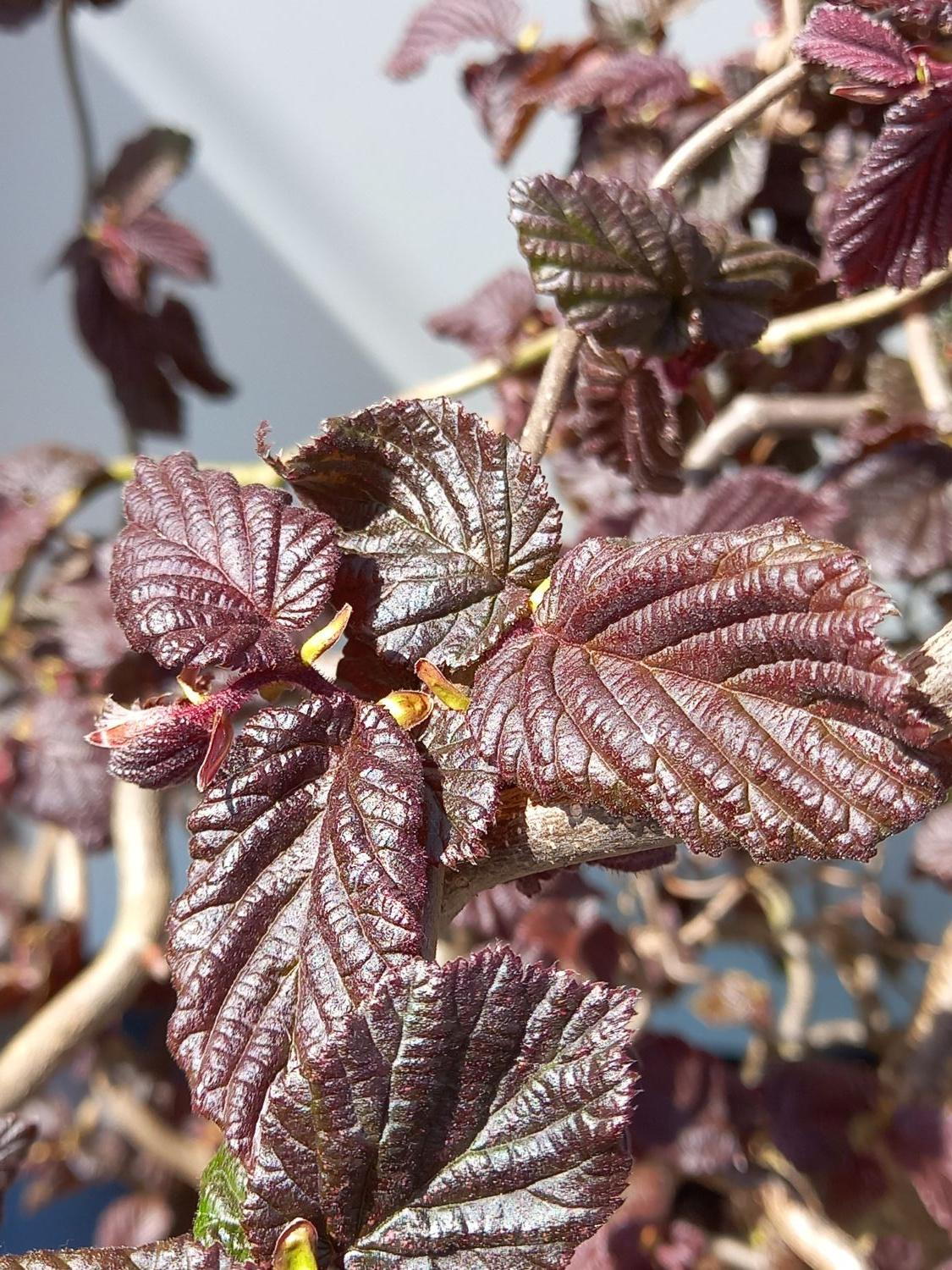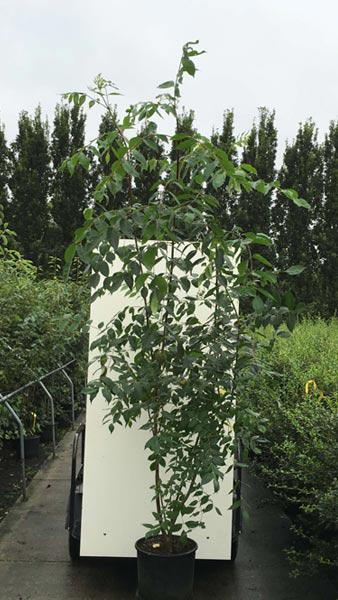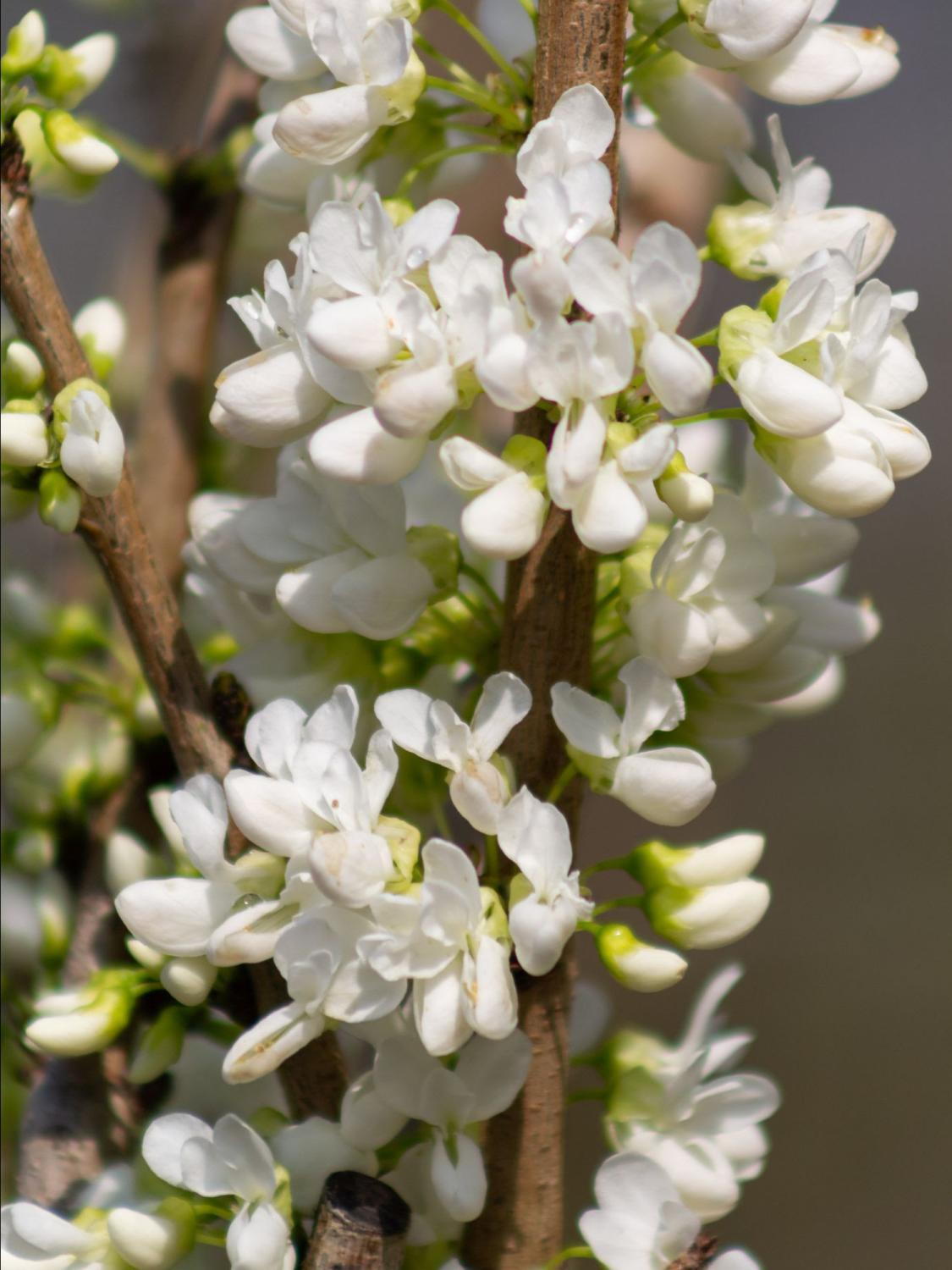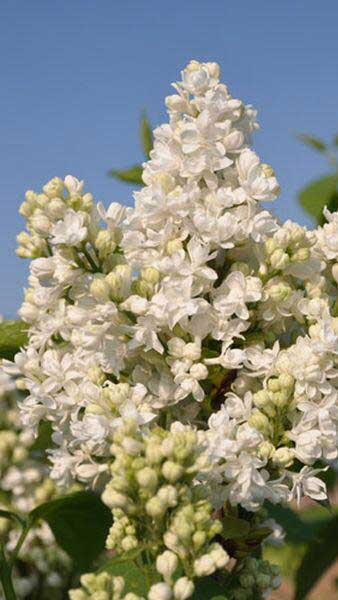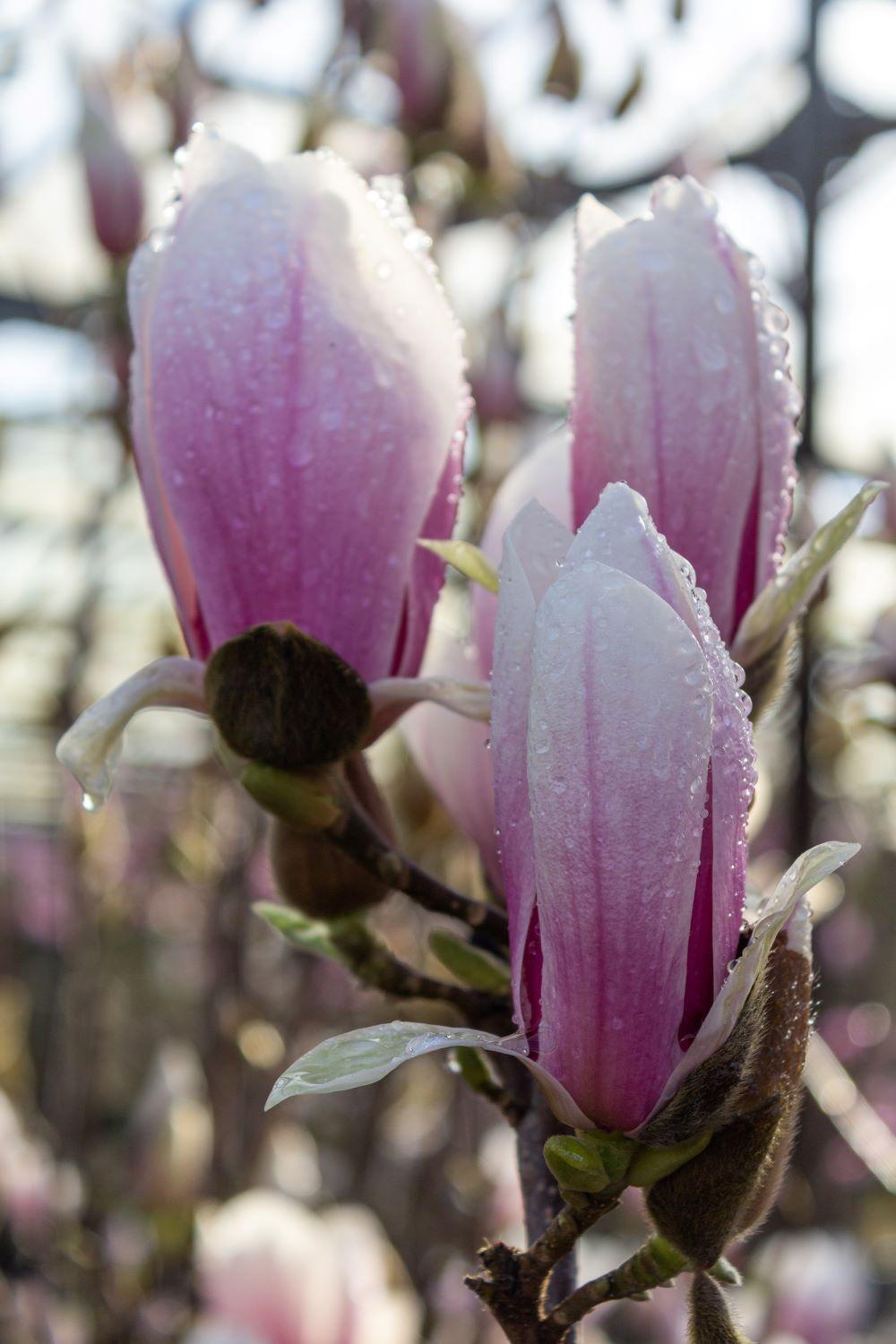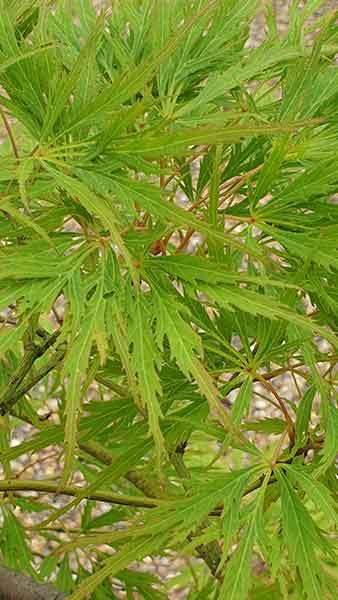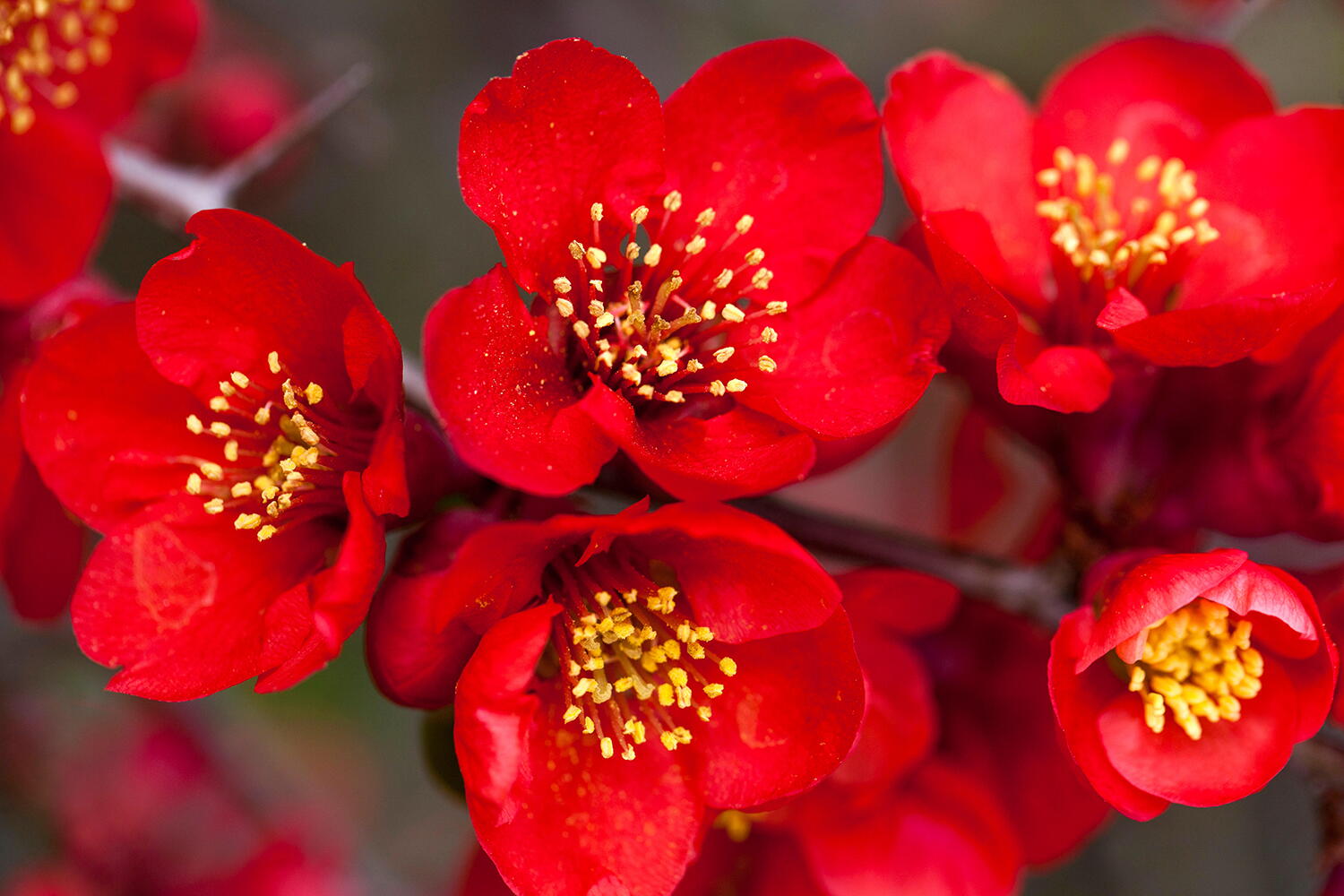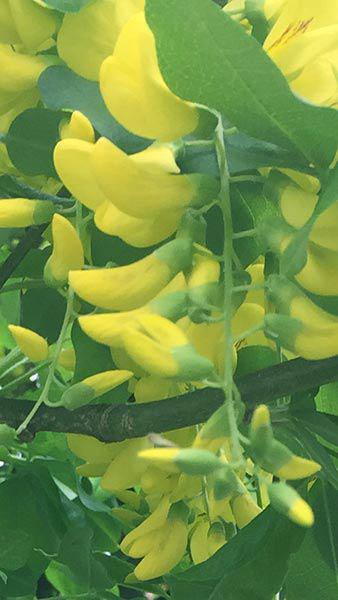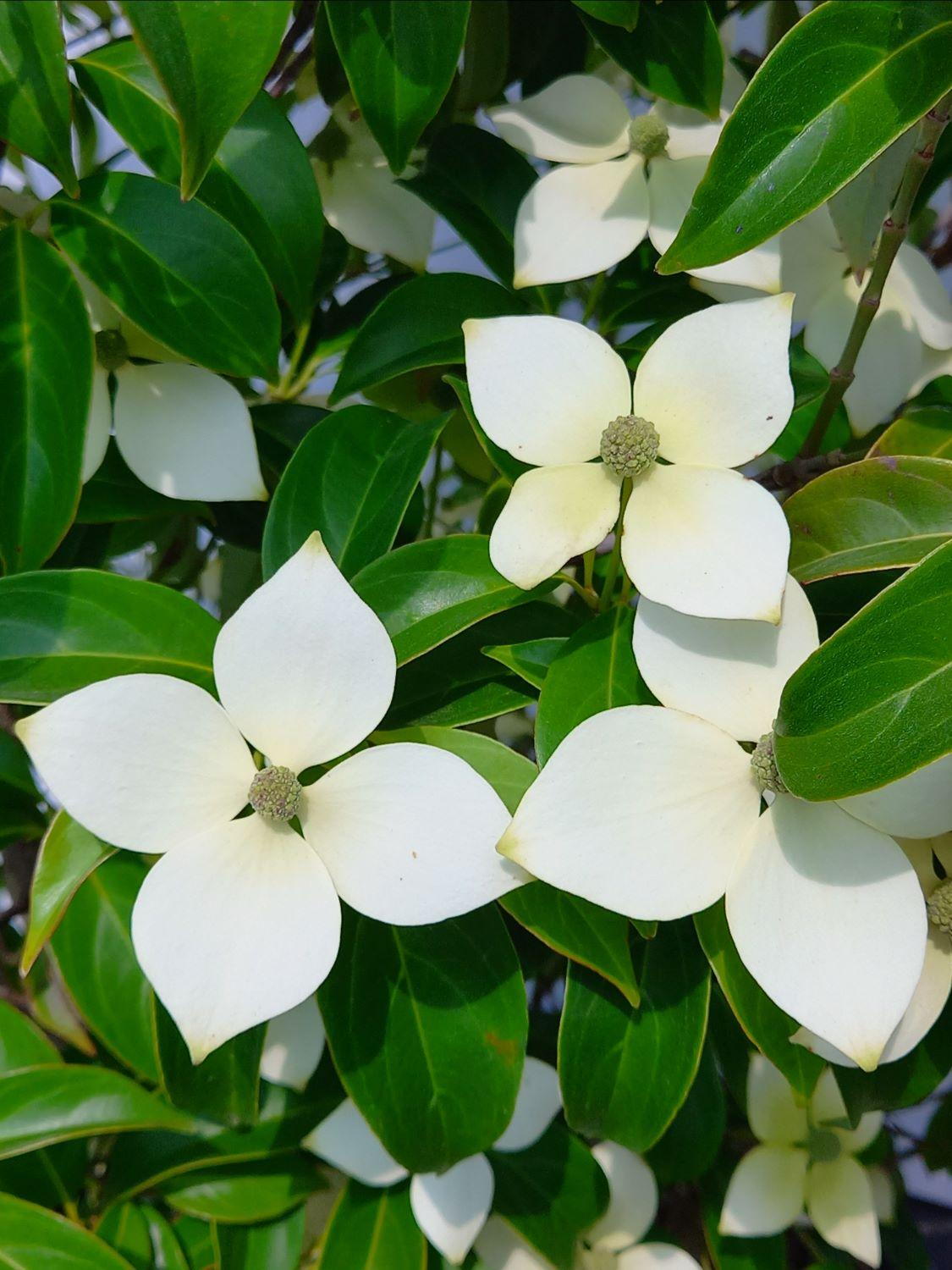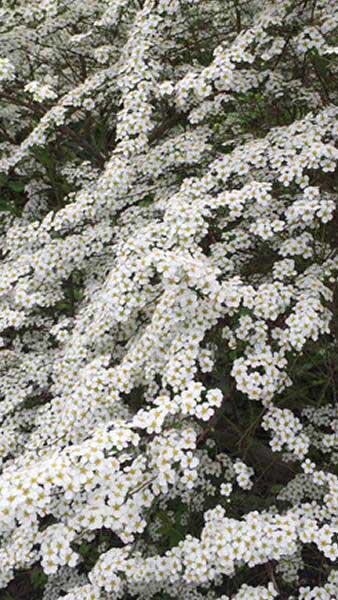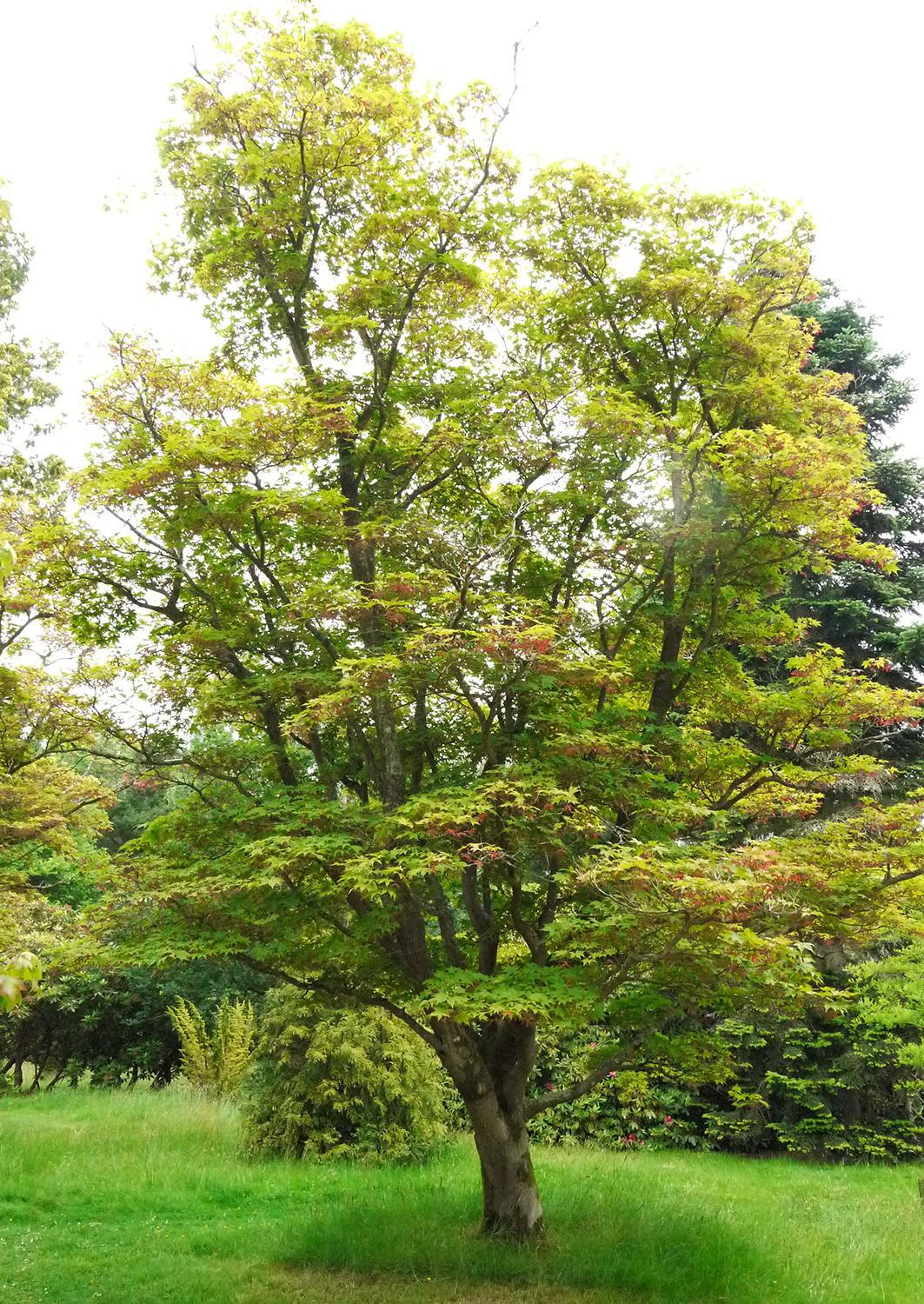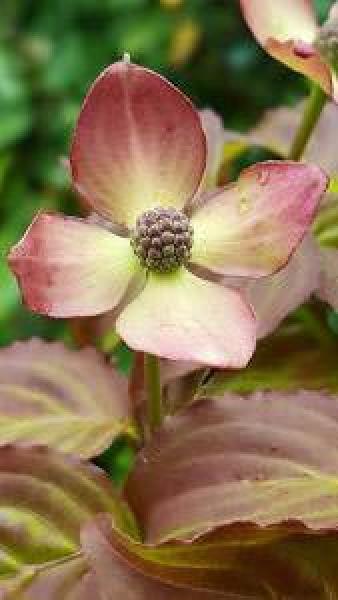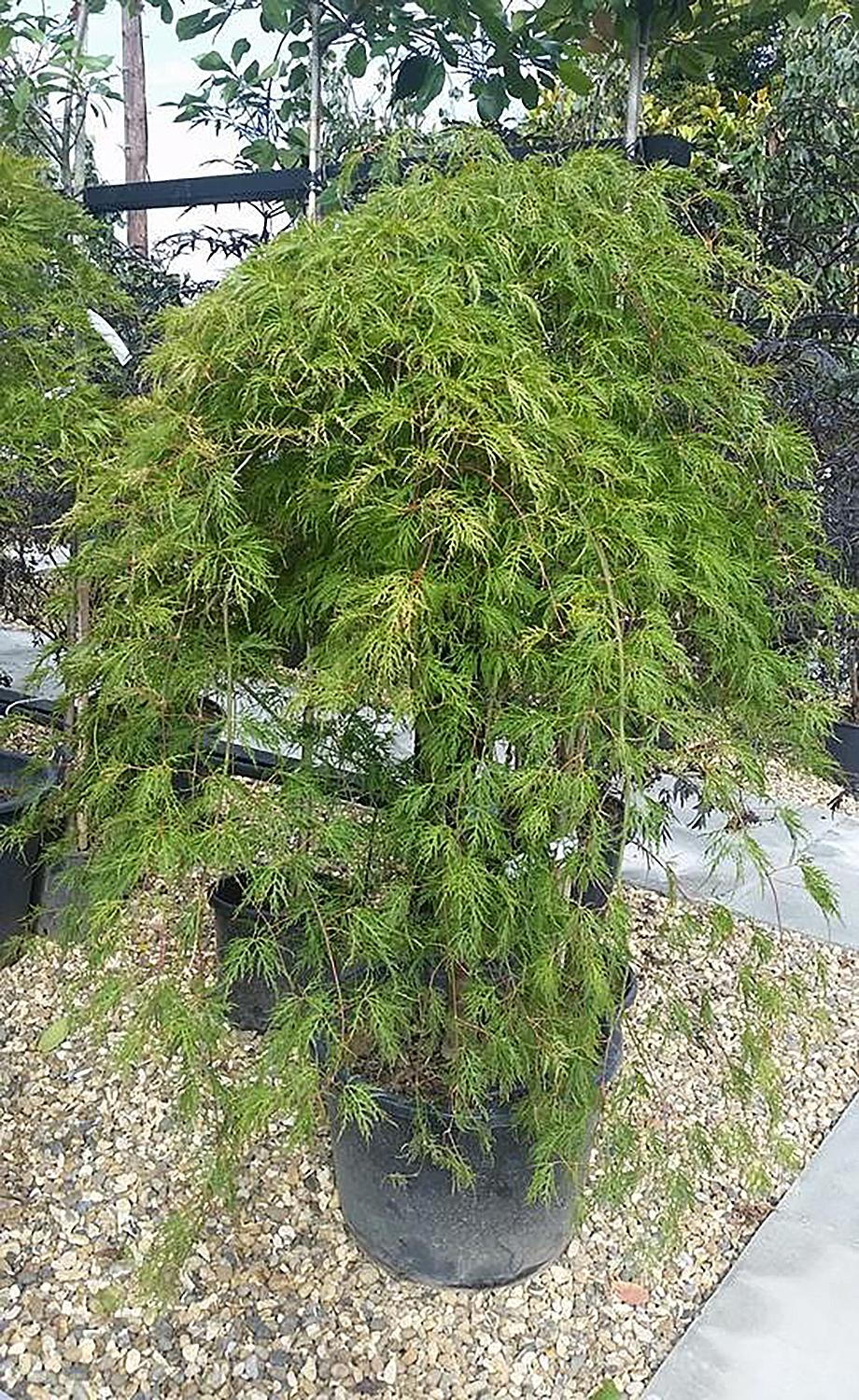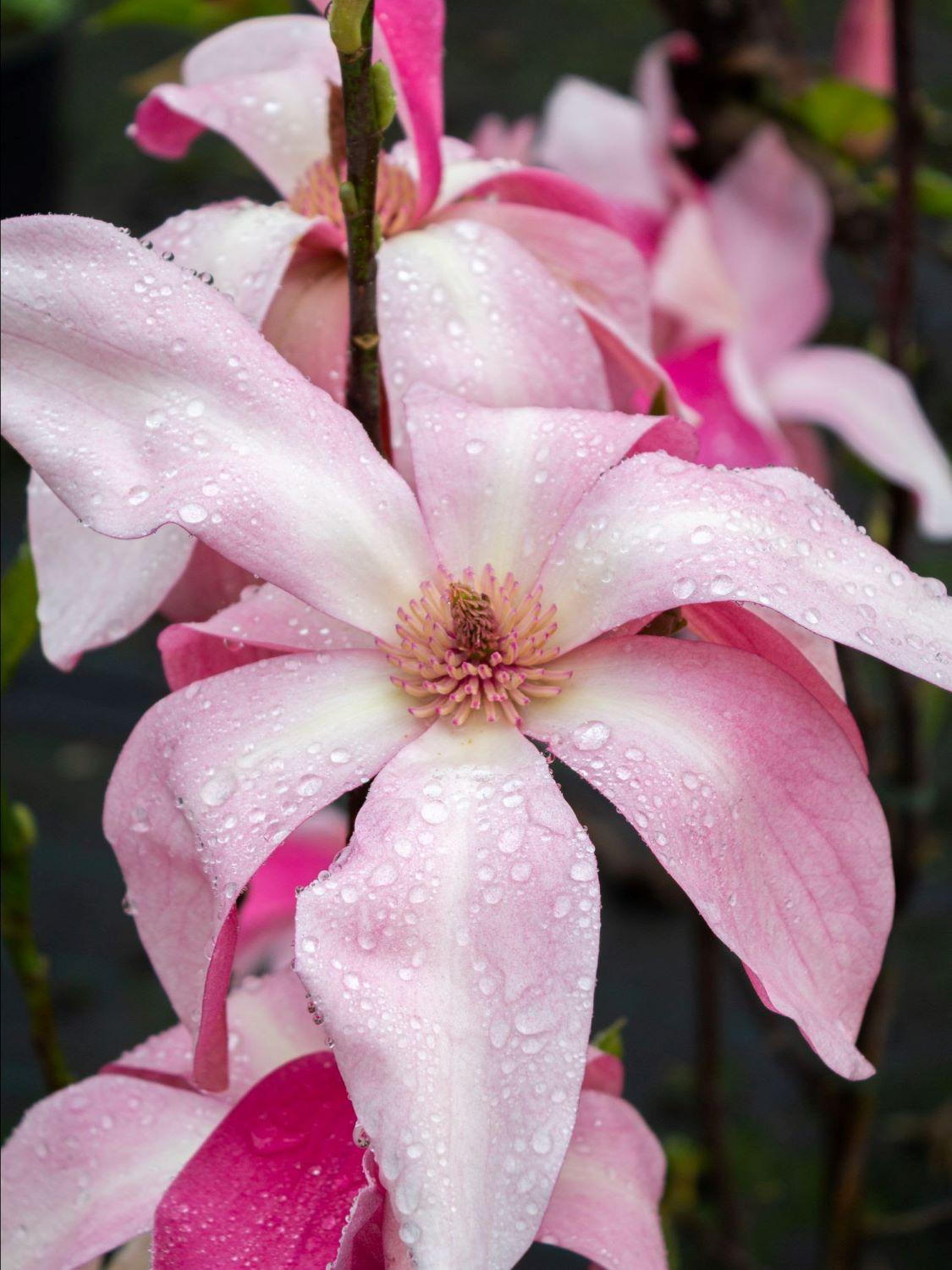Spiraea Cinerea Grefsheim. Spirea Grefsheim White Flowering
Spiraea cinerea Grefsheim, also known as Spirea Grefsheim, is a deciduous flowering shrub, best known for its profusion of white flowers in the spring. Robust and resilient, this compact, ornamental shrub is ideal for small gardens. A white flower variety of Spiraea, Grefsheim is most striking in the spring, when it is completely enveloped by tiny blossoms. Dainty, pure white flowers with yellow centers are borne in clusters, and they completely cover this compact shrub, attracting bees and butterflies to your garden. During summer and autumn, the greyish-green, lanceolate leaves offer interest, densely amassed on arching branches. In the autumn, the foliage turns to copper and yellow. Apart from most extreme conditions, it would be impossible to find a garden in which Spirea Grefsheim won’t thrive. This deciduous flowering shrub can grow on almost any type of soil, as long as it is moist and well-drained, including chalk and sand. Although it fares well in partial shade, this deciduous shrub flowers more profusely when planted in full sun. Highly tolerant of urban pollution, this variety of Spiraea a great choice for urban or inner city gardens.A hybrid of Norwegian origin, Spirea Grefsheim is pest and disease free, and can survive temperatures as low as -20 degrees. Fully hardy in Britain and Ireland, this flowering shrub is also the recipient of the prestigious Award of Garden Merit by Royal Horticultural Society. Generally considered low-maintenance, this compact shrub with a bushy habit requires little pruning. Spirea Grefsheim forms an elegant mound naturally, 1 to 1.5 metres tall and wide. Since it is not invasive, you should only remove dead or damaged growth, after the flowering season ends. When pruning, avoid cutting upper branches and focus on the old growth near the ground, to keep the arching form of branches intact.The showy blossoms make Spirea Grefsheim ideal for flowering shrub borders with spring interest, or, when planted en masse, an ornamental, low-growing border for small gardens. Since it is quite compact and doesn’t mind partial shade, this deciduous shrub also works well for underplanting trees or as a front-row plant. Perfect as a ground-cover plant, this small flowering shrub can be used to cloak less attractive parts of your garden.
